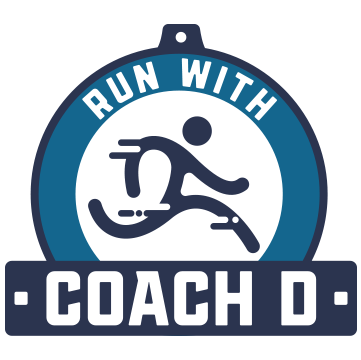Is 20 miles the Magic Number in Marathon Training?
We all think “if I don’t run 20 miles before my marathon I won’t be ready”
It’s the number that will determine success or failure, hitting a PR or striking out. But let’s just get this out of the way…that’s bull s***. For most of us at least.
Let’s start with why we do a long run in the first place. The goal is to train your body to:
Literally handle the stress of running a marathon distance
Optimize your body’s ability to use it’s carbohydrate systems
Build confidence you can cover the distance
Practice running at goal marathon race pace
Practice your nutrition strategy
So it makes sense you’d want to run 20 miles or over to feel prepared. But that math doesn’t work out the way you might think, especially if you’re a four hour or over marathoner. The reason being that we’re all different athletes who run faster or slower, have different aerobic capacities (Vo2Max), and different muscular compositions. Basically whether 20 miles is a good goal depends on how fast and how experienced you are as a marathoner.
To get specific, we’re not all able to cover that distance at a pace or time that would be beneficial for training. Why? In a meta analysis, “Metabolic Factors Limiting Performance in Marathon Runners,” it’s shown that runners who don’t have the needed amount of aerobic capacity, leg strength or size (based on their relative size) are more likely to “bonk” or “hit the wall” sooner than those who do. And the closer you come to that limit, the more damage you do to your body. If the purpose of training is to make positive changes and improve fitness, doing a long run that’s too long can be the exact opposite of that purpose and lead to delayed recovery and injury that would negatively affect your race.
In simple terms, that distance is just too much time on foot for a lot of marathoners. That’s why it’s much better to look at your long run through time, not distance. If you haven’t checked out our last blog entry yet; We go into why running based on time can be a great way to change your perspective on training. A better goal for your long run would be to aim for at most 3 hours or running. If you’re a 4 or 5 hour marathon runner, that’s 2-3/4ths of your expected race time; more than enough to do all the things you need to prepare for your race. If you’re faster you’ll run closer to 20 miles, if you’re slower you’ll be a little further from that, but the main thing is that you spent enough time running to simulate a marathon without overdoing it.
It’s not as Strava sexy as hitting 20 miles, but 16.3 miles in 3 hours (11:03/mi) is plenty for someone running a 4:47ish marathon. Throw in some miles at marathon pace, threshold pace (to simulate in-race surges), nutrition and you have a really productive and beneficial long run.
Progressively, season by season, you’ll get better and closer to hitting 20 miles in your longer runs. But for now, accept where you are and be patient with your growth. Running is a lifelong sport if done right, don’t let an arbitrary number take away your confidence. You’ll be ready race day by building your time on feet, not by running 105600 FT (That’s 20 miles in feet).

